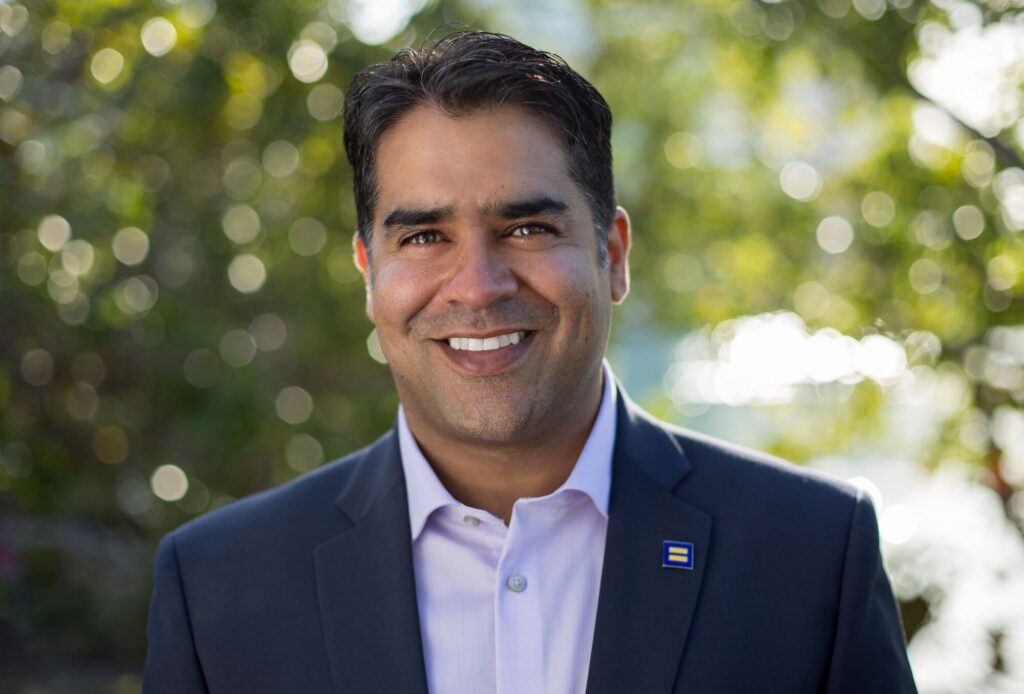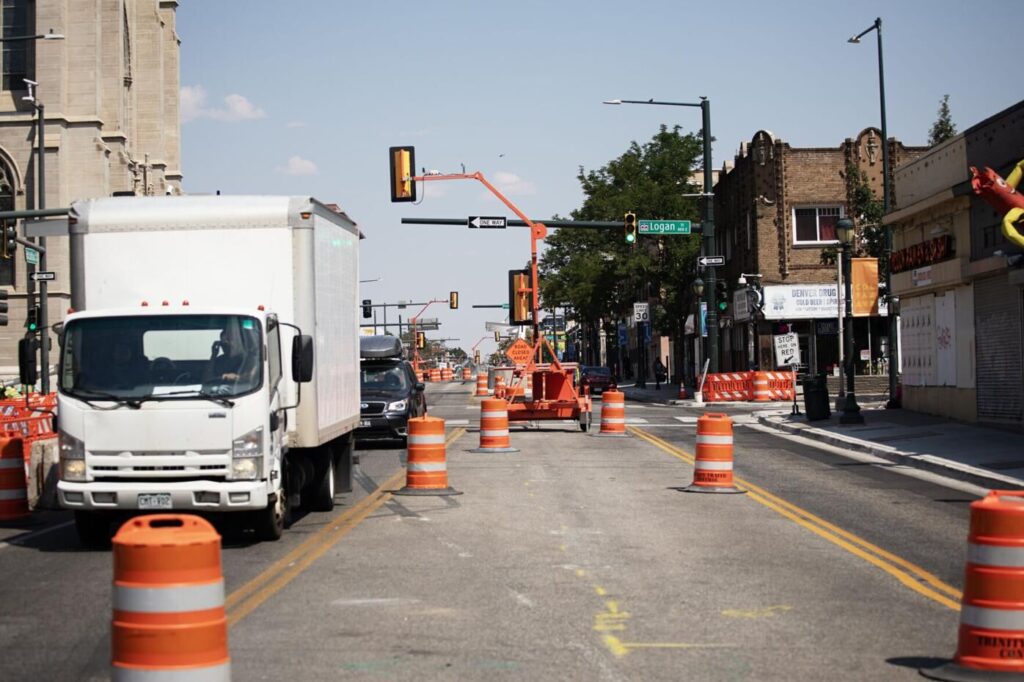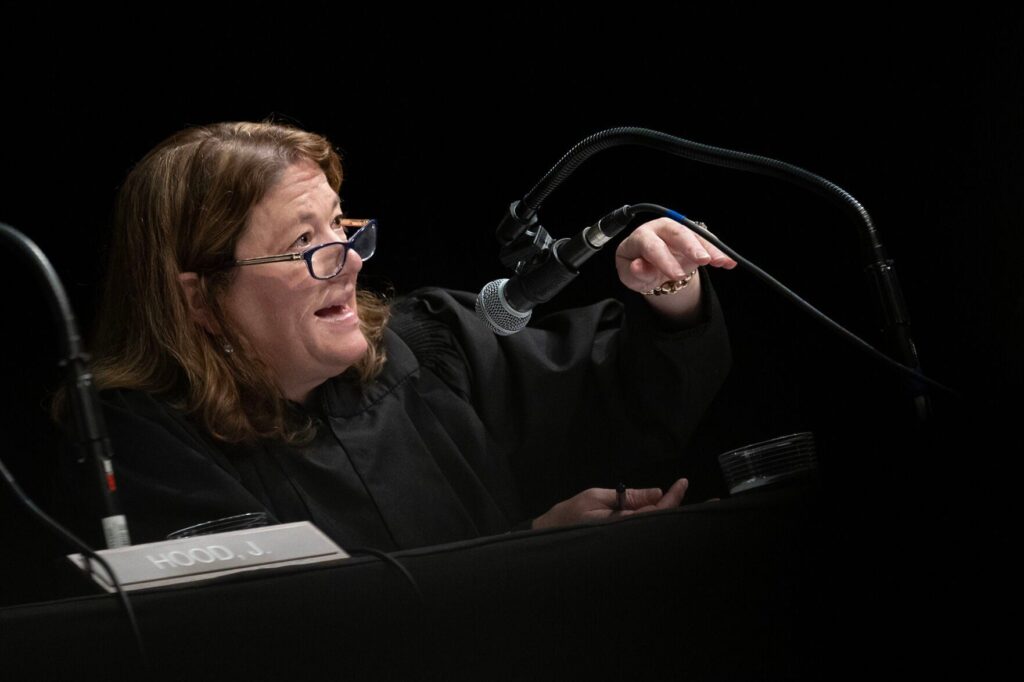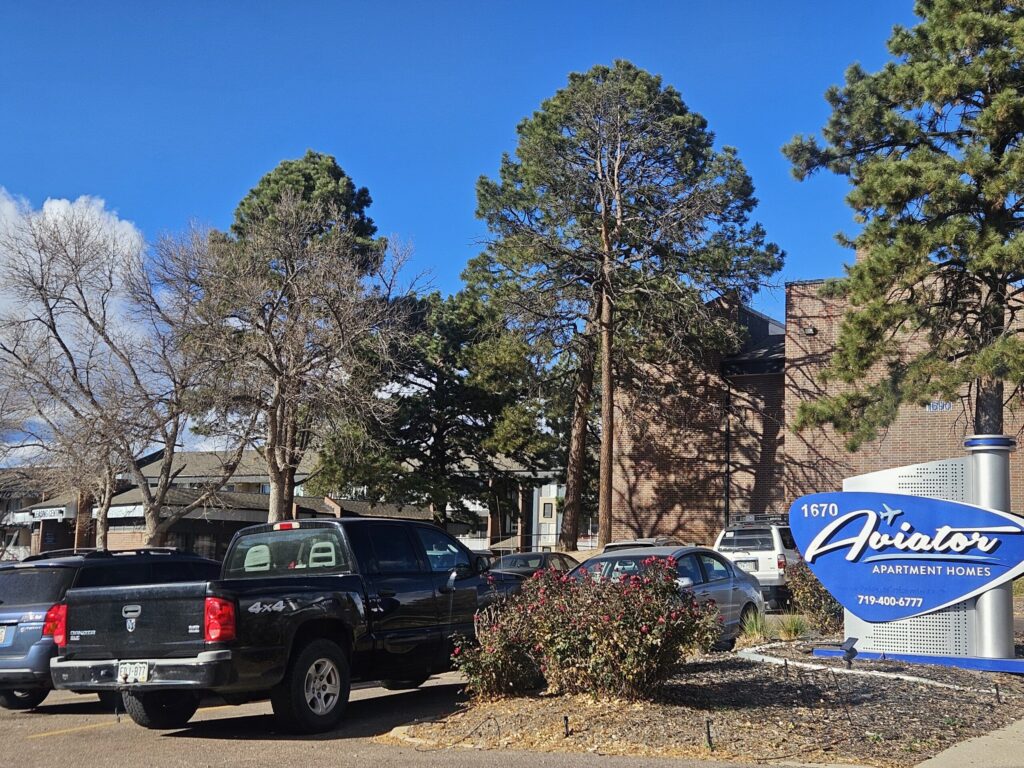DU, Colorado light rail stations seen as mobility hubs
After nearly a decade, Denver Regional Transportation District’s University of Denver and Colorado light rail stations need to become more visible gateways to surrounding communities, rather than the “back doors” they now represent to their neighborhoods, according to a study of the two stations and their mobility possibilities.
“It is time these stations transition from commuter stations to integrated mobility hubs and active local destinations,” reads an online City and County of Denver study description.
The Colorado station is on RTD’s Southeast light rail corridor, which opened in 2006. The station is south of I-25 and east of Colorado Boulevard. The University of Denver station is located along I-25, just west of University Boulevard.
Eugene Howard, associate planner in the Community Planning Department, told the City Council’s Land Use, Transportation and Infrastructure Committee a Multi-Station Plan and Mobility Study of the two stations, launched by Transportation Solutions and Denver, stemmed from a DU effort to find why more students were not using RTD EcoPasses and student passes. A Denver Regional Council of Governments grant funded the study.
It will address improvements at the stations and within the surrounding neighborhoods, with a goal of developing innovative, vibrant and walkable station areas. The study began last summer and final recommendations are expected in June.
Reconfiguring both stations key to better mobility
The main draft recommendations include reconfiguring University station to create a plaza, constructing a two-way cycle track along Buchtel Boulevard, and providing significant pedestrian and bicycle safety enhancements to four major intersections.
The study also found the Colorado station’s parking lot for park-and-ride users could be enhanced, with a 20-year vision including relocating the bus operations off Colorado Center Drive for better pedestrian use, Howard noted. Reconnecting the parking lot to area streets was another change.
“This station really has all the makings of a transit village, a nice hub of activity as transit oriented development, with commercial, retail, office, employment and residential uses,” he said.
Another change could be redevelopment of the park-and-ride facility, which currently has 362 parking spaces, Howard said. The study called for those spaces to remain, with vertical development over the lot, he added.
If Freeway Ford relocates at some point, Howard said a “great redevelopment opportunity” could be presented close to the station.
The study also found a mobility hub at the Colorado station could include auto, mass transit, bus and light rail, with circulator busses, Uber, Lyft and other such services. Foot traffic and bicycle travel would also be included.
The University station at DU could feature a transit plaza, with a parking garage relocated and entry and exits that would allow ramps, which now take up a substantial part of the station platform, to be removed, Howard said. Bus operations would also be moved onto the street and a roundabout would be built.
“We want this to be a significant moment for people who arrive by rail, are visiting DU and they see an open and welcoming space,” Howard said.
Outdoors events such as farmer’s markets for students and residents could be held, he added, along with food trucks.
The study also found a second pedestrian bridge over I-25 would make the station area more pedestrian friendly and connect to Veteran’s Park and South High School.
The study area boundaries were Downing Street, Louisiana Avenue, Filbert Street and Wesley Avenue. Howard said five “influence areas” of mostly single family residential housing, a variety of income levels and diverse ages of residents were found.
“We think there are still opportunities for added retail, office and even hotel space within the study area,” Howard said.
Buchtel Boulevard was viewed as the main regional connection between the two stations, but with challenging intersections for pedestrians, bicyclists and motorists.
“Especially when I-25 is backed up, that’s when Buchtel becomes a second option” for motorists, Howard noted.
Opportunities for traffic calming devices, more pedestrian and bicycle routes and a “road diet” for Buchtel were also identified as potential projects to improve mobility.
Along with the city, 15 other organizations, companies and interested parties participated in the study. More than 40 community meetings, a market study analysis, site visits and two large public meetings were held. Additional outreach to educate the public and gather comments included “pop-up” events at both stations, where light rail users were asked their opinions and thoughts about the stations and what could be improved as they commuted to work, school or elsewhere.
Cost of improvements likely shared
While no overall cost estimate was mentioned to the committee, Howard said the city public works department could seek grants and other funding to build some of the improvements listed in the study. DU is developing a campus-wide master plan that will likely include much of the study’s findings, and other stakeholders have worked to have some of the improvements included in the city’s next general obligation bond issue to be presented to city voters this fall, he added.
Councilman Rafael Espinoza said the draft changes in the study “can’t happen soon enough.”











